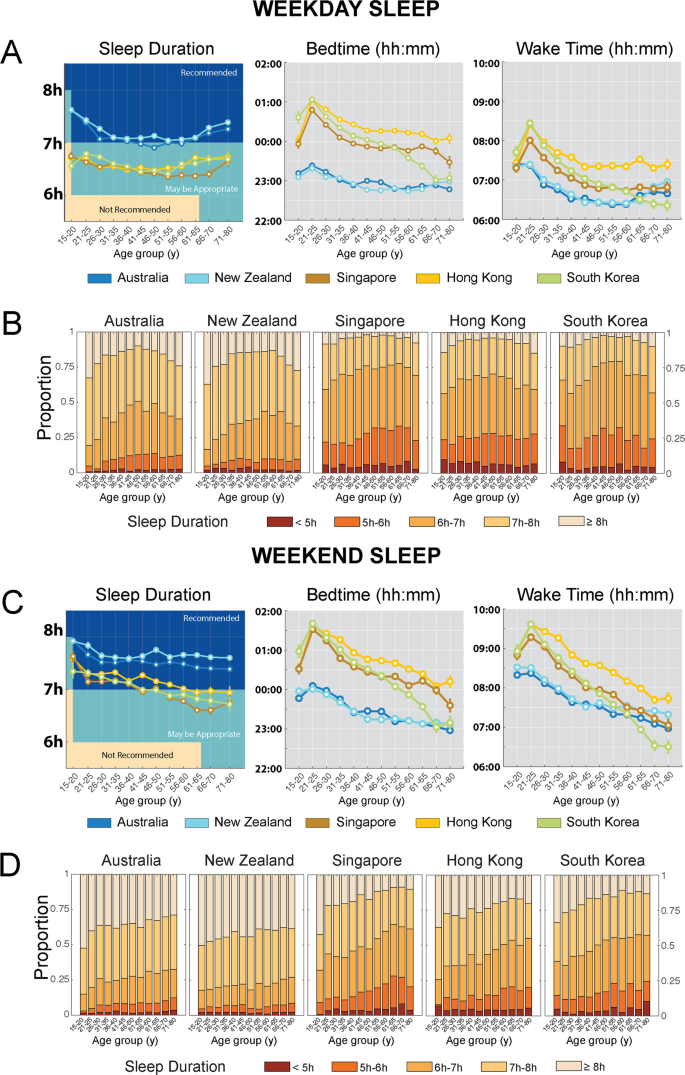
I live in perpetual terror of having Lakens end my career before it has even begun with one acerbic tweet, so I'm trying to do everything in my power to make sure reporting EMMs isn't dishonest/errant/etc. I've defaulted to using descriptives in my other projects, but since this article is in press, I was wondering if I needed to frantically get in touch with the editor and halt the whole process. To be honest, I'm an undergrad, and this is my first first-author when I prepared this manuscript, I didn't really know better. Thanks for helping me understand why they're uniform given the underlying equal variance assumption. The uniform standard errors in the SPSS output had panicked me for a while. I do note that we report EMMs from right at the start of the results.
Estimated marginal means spss 25 series#
The article is effectively a series of 2x2s, and the (non-)significance of the main effect tests is the critical part of the article so, given that, I won't fret too much about the EMMs. Personally I'd rather see the raw descriptives just because I like to start with something as close as possible to the data itself, before assumptions of statistical tests etc. If you're communicating the trends following a statistical test, then the EMMs are fine. If you back calculate the SDs from them, you end up with identical values for each group, even though your descriptives might say otherwise.Įssentially, I'd say if you're simply trying to describe the data, the raw descriptives are probably more appropriate. For example, the standard error in EMMs from a univariate ANOVA uses the error term from the ANOVA, so it assumes equal variance in your groups. This can lead to some unintuitive values if you're not familiar with what it's doing, however. So if you want to understand (e.g.) why you have a main effect of group in a multifactorial ANOVA, then the EMMs are probably more helpful. For nonlinear models, this is no longer the case, leading to remarkably many different methods for calculating MEs. In the linear regression model, the ME equals the relevant slope coefficient, greatly simplifying analysis.

The EMMs come from the statistical model you've run, essentially like you're estimating the means from a regression equation. conditional mean of y of a change in one of the regressors, say X k. The straight descriptive means/SDs will be calculated for each group/cell independently, and are probably what I would look to to get a sense of what the raw data look like. If you also make your data available, someone can easily calculate it the other way if they want.Īs for which is more appropriate - I guess it sort of depends what you're trying to convey. So long as you're clear what they are, I don't think anyone would get too bent out of shape about it.


 0 kommentar(er)
0 kommentar(er)
